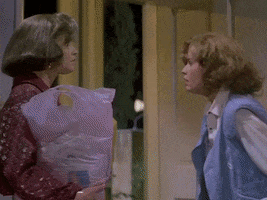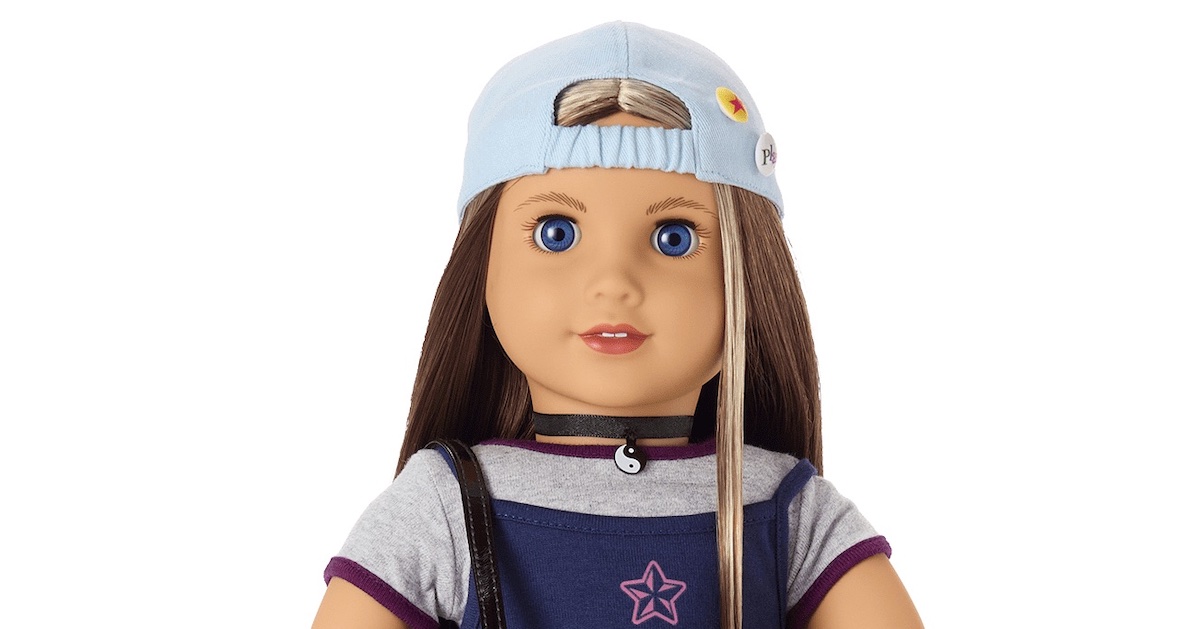Just when I thought I wouldn’t be crumbling into dust anytime soon, American Girl has to come along and inform me that I’m going the way of the wooly mammoth. The newest doll in their “Historical Characters” line, Nikki Hoffman, is a recreation of that long-ago era known as … the ’90s.
Nikki comes with the usual array of accessories, including an inflatable chair, a discman with mix CDs, ’90s-era clothing, and a zine that says “girl power.” She also has the hair framing her face dyed blonde, in an interesting historical style.
Oh my god. The ’90s are now officially a historical time period. That’s cool. I’m cool with that! It’s not like the ’90s were my formative years or anything. It’s not like I listened to Tori Amos CDs or wore Doc Martens or bought a The Crow poster from Hot Topic. Nope, I’m just learning about the ’90s as an interesting time period along with the rest of you all!
What was life like back then? Here’s what I can figure out, based on Nikki:
The inflatable chair is an example of the kind of sitware they crafted in the olden days, before they invented chairs made of wood and metal.
The zine was a pre-Twitter method of communication in which people hand-wrote 280-character messages, cut them into rectangles, and pasted them into little booklets. “Zine” is definitely pronounced “zayn,” to rhyme with “mine.” If you’re reading this, you should go to your nearest zine fest and pronounce it like that, very loudly, to every vendor you talk to. Ignore the clear etymology of the word.
In the ’90s, people would dye the hair around their faces a different color in order to gain the mystical powers of Rogue from the X-Men. However, the dying process—performed late at night by covens of teenage girls—was so intense that it would send people into a sort of “manic panic.”
In the ’90s, teens often tied flannel shirts around their waists. These flannels were never meant to be worn as actual shirts—teens had a different set of flannel shirts for that purpose, and even those were only to be worn open, over t-shirts. Some flannels were purely waist-tying flannels.
In the ’90s, people didn’t use their smartphones as alarms. Instead, they had “clock radios” which would beep or play a staticky talkshow when it was time to wake up. If you were wealthy and powerful, you could buy a clock radio/CD player that would wake you up with your favorite song, thereby ruining the song for you forever.
Speaking of CDs, people in the 90s would create “mix CDs” for each other. This was kind of a transition stage between mix tapes and streaming playlists. The CDs had to be burned, I’m assuming in a fire, to produce the mix.
Anyway, that’s what I’ve gleaned from the historical artifacts that come with this $151 doll. I definitely don’t remember any of that stuff myself, nope. Ha ha! Come on, I’m a young, hip kid like the rest of you!

(featured image: American Girl)










Published: Feb 24, 2023 02:57 pm